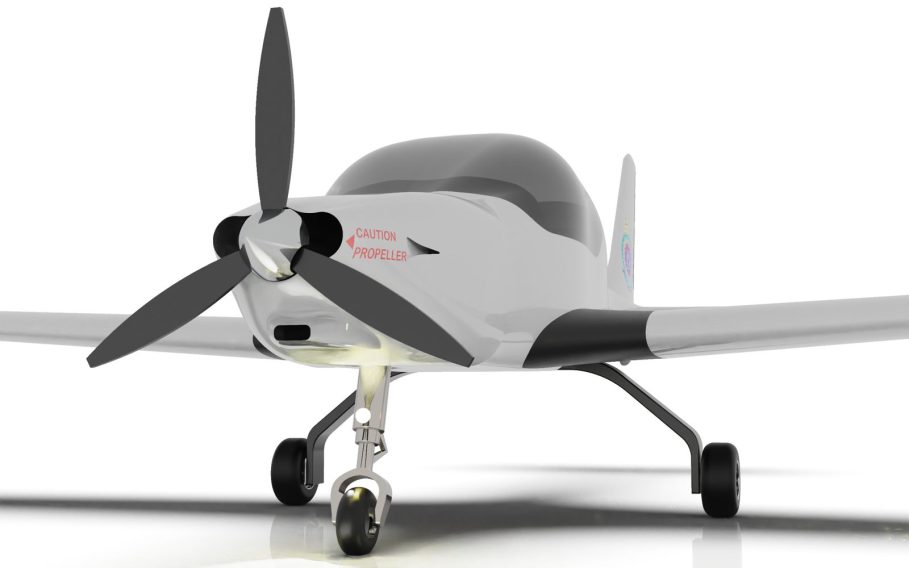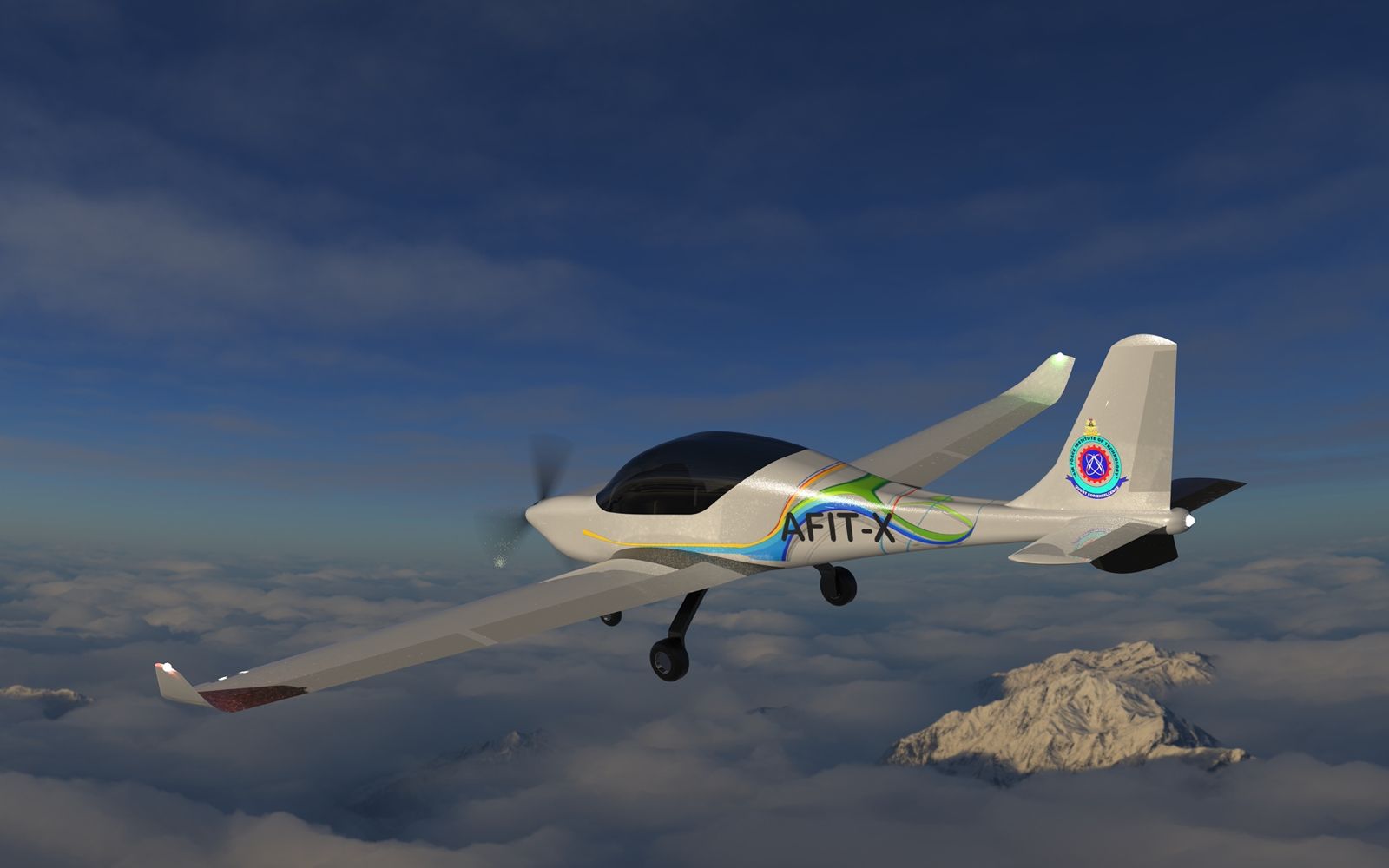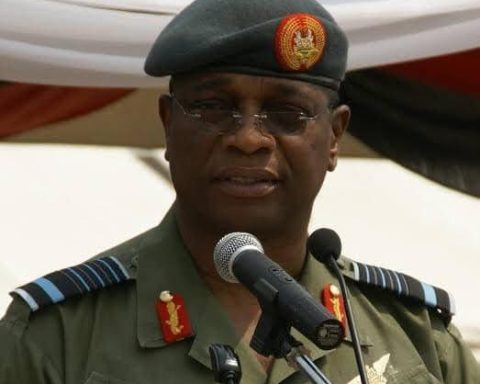By Dr Bassey Ibiang Okon
The quest to transform the Nigerian Aviation industry gathered momentum when the Nigerian Air Force (NAF) established the NAF Technical and Supply School in 1977 with the support of Messrs Dornier GmBH of Germany. The Supply school transformed over time to Technical Training Wing and then to 320 Technical Training Group. It was at this point that the idea of developing an indigenous aircraft became a possibility. The School was subsequently upgraded in 2004 to position it to handle contemporary issues relating to aircraft maintenance and possible production. The curricula and programmes were developed leading to the award of national and higher national diplomas which were certified by the National Board for Technical Education.
Join our WhatsApp ChannelThe growing need to domesticate the fabrication of aircraft spares and give closer attention to the development of Nigeria’s indigenous aircraft led to several affiliations with international institutions engaged in aerospace engineering. Prominent among these, was Cranfield University, United Kingdom. Highly skilled and knowledgeable NAF officers were sent on postgraduate training on Aerospace Vehicle Design, Avionics and other allied fields in aircraft production technology. The School began to admit students from friendly African countries like Ghana, Benin Republic, Niger, Tanzania, Sierra Leone and Zimbabwe among others.
The growing profile of the now advanced School required an upgrade in its scope, objectives and vision. Accordingly, on 12 March 2008, it was renamed Air Force Institute of Technology (AFIT) with focus on aerospace engineering. In 2017, the National Universities Commission, in recognition of the research outputs from the Institute and the need to infuse professors and academics into the research and development efforts of the Institute, approved the commencement of undergraduate and postgraduate degrees in aerospace engineering and allied professions. The environment was therefore set for AFIT to commence its quest to produce the first indigenous light trainer aircraft known within AFIT circle as the “ALTA Project”. The critical departments tasked with the research initiative in different aspects of the ALTA Project were the Aerospace Engineering Department, Mechatronic Engineering Department, Automotive Department, Metallurgical and Materials Engineering Department. Others included the Ground and Communication Engineering Department, The Electrical and Electronics Engineering Department and the Civil and Environmental Engineering Department. The Marketing and Human Resource aspects of aircraft production and management were not left out.

Consequently, appreciable achievements were made towards producing the country’s light trainer aircraft. AFIT began with the production of unmanned aerial vehicles and successfully produced the first indigenous unmanned aerial vehicle called “Amebo”. The Institute then went ahead to produce and fabricate aircraft parts and armament related spares to meet operational requirements of the NAF. Furthermore, AFIT produced other unmanned aerial vehicles. The successes recorded in the area of research and development brought back renewed effort to focus and embark on the institute-based research project which is the design and manufacture of a light trainer aircraft termed as the AFIT Light Trainer Aircraft (ALTA). The idea was to have all faculties and departments in AFIT interface and contribute to the development of the aircraft through various research themes. The Aircraft was subsequently designed to meet a maximum take-off mass of 850kg, with a capacity for 2 passengers, a maximum payload mass of 40kg and a 10m wing span. It was to be powered by a Lycoming IO-360 engine and would have a maximum operational flight time of about 5 hours. It would be capable of a maximum forward speed of 120 knots and a range of 453 nautical miles. The Aircraft is expected to have a maximum operational altitude of 10,000 ft and will feature state of the art technology such as graphene material for coating structural components, integrated vehicle health monitoring system and advanced avionics equipment.
READ ALSO: NAF Airstrikes Destroys Illegal Refineries, Kill Terrorist In Niger State, Niger Delta
With the renewed commitment of the incumbent Chief of the Air Staff, Air Marshal Hasan Abubakar, and the Commandant of the Institute, Air Vice Marshal Sani Labaran Rabe, the Project has made substantial progress with significant resources expended to achieve these milestones. The ALTA project started with student participation through the Paper Plane competition , the ALTA aircraft naming contest, ALTA Patch design contest, Artificial Intelligence and Robotics competition, Hackathon contest and the ‘AFIT to the World’ video competition. These events were conducted successfully, spurring up local and national interests in the ALTA project as well as maximum contributions from the students.
Today, the ALTA project is at an advanced stage as the aircraft production process has gone past the detailed design stage. The next phase of the project is the final manufacture followed by testing. The component parts have been assembled and the aircraft is at its final phase of production including the infusing of all essential airframe and operational accessories. It is expected that with the focused research effort by the Institute, it would not be long before Nigeria launches her first indigenous light trainer aircraft. While issues of AFIT merger were in the public domain not long ago, it is hoped that the Institute would be allowed to focus on its mandate of transforming the aviation industry in Nigeria and providing the needed technical support to the Nigerian Air Force operations. We look forward to welcoming Nigeria’s first indigenous aircraft through the research efforts of AFIT. The future is here.














